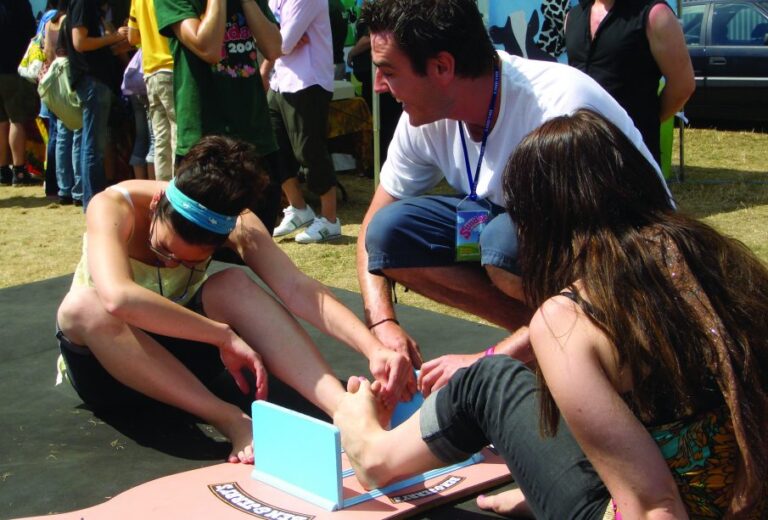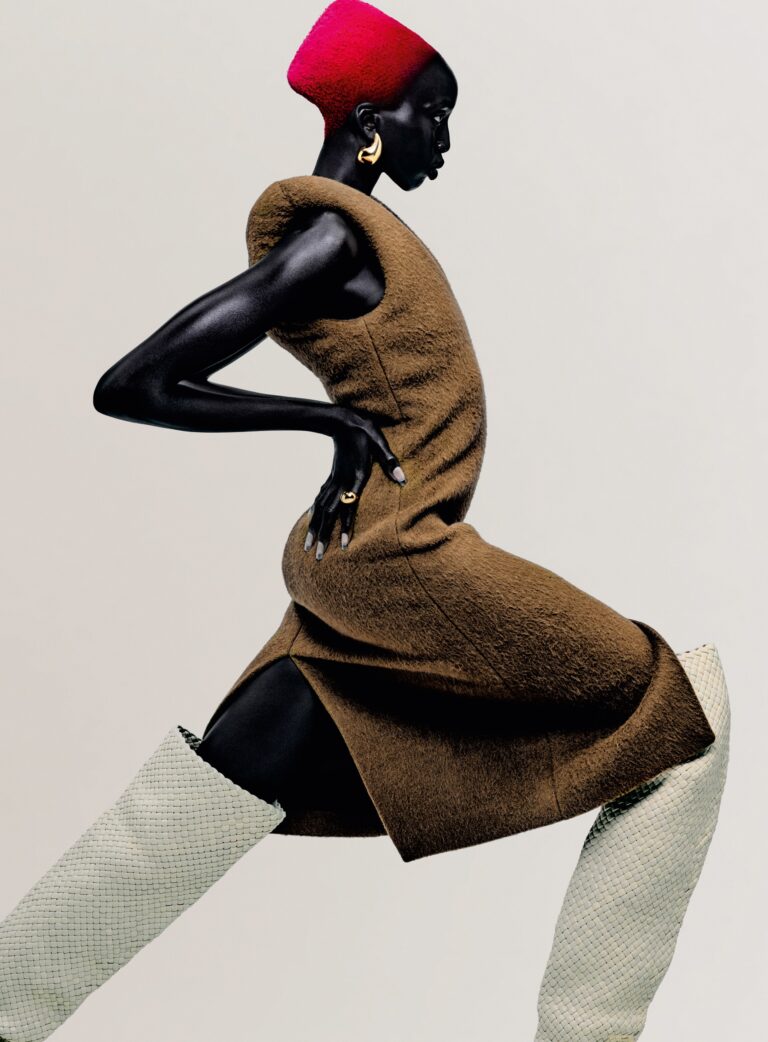Sand soccer must haves include proper footwear and sunscreen for protection. When playing this sport, it is essential to have the right gear and safeguard your skin from the sun’s harmful rays.
In addition, having comfortable clothing and a water bottle is important for staying hydrated and comfortable during gameplay. Moreover, it is recommended to have a beach towel or mat to sit on during breaks, as well as a hat or visor to protect your head and face from the sun.
With these essentials, you can enjoy a safe and enjoyable experience playing sand soccer.
Benefits Of Playing Sand Soccer
Sand soccer is a unique and thrilling sport that comes with a plethora of benefits for players of all ages and skill levels. Whether you’re a seasoned athlete or just starting out, participating in this beach variation of soccer can help improve your overall health and well-being in more ways than one.
Provides a unique challenge
One major benefit of playing sand soccer is the unique challenge it presents. The sandy surface requires players to exert more effort and employ different strategies compared to traditional grass or turf fields. The soft sand adds resistance, making movements slower and more intense. This forces players to adapt and develop new techniques, enhancing their agility and overall game sense.
Builds core strength and balance
Another significant advantage of sand soccer is its ability to build core strength and balance. The uneven surface of the sand constantly engages the core muscles in your abdomen and back, as well as the stabilizers in your legs and feet. Players must constantly work to maintain their balance while running, changing direction, and kicking the ball. These consistent efforts strengthen the core muscles over time, leading to improved stability, coordination, and overall athleticism.
Reduces joint impact and risk of injury
Compared to traditional soccer played on harder surfaces, playing on sand significantly reduces the impact on your joints, thus minimizing the risk of injuries. The forgiving nature of the sand helps absorb the shock of movement, allowing players to make sudden stops, turns, and jumps without as much strain on their joints. This can be particularly beneficial for individuals with previous joint issues, as well as those seeking a low-impact sport that still provides a challenging and enjoyable experience.
In conclusion, sand soccer is not only a fun and exciting sport but also offers a range of benefits for players of all ages and abilities. From the unique challenge it presents to the improvements in core strength, balance, and reduced joint impact, sand soccer is a great option to enhance your physical fitness and overall well-being. So grab your beach soccer ball, gather your friends, and head to the nearest sandy shore for a fantastic game of sand soccer!
Sand Soccer Must Haves: Gear And Equipment
Sand soccer is an exhilarating sport that requires the right gear and equipment to enhance performance and ensure maximum comfort on the sandy surface. Whether you’re a seasoned sand soccer player or a beginner looking to try it out, having the right gear is crucial. In this article, we will explore the must-haves for sand soccer, focusing on gear and equipment. Let’s dive in!
Beach-Specific Soccer Cleats
When it comes to sand soccer, regular soccer cleats won’t cut it. The sand requires specialized cleats that provide traction and stability on the loose surface. Beach-specific soccer cleats are designed with enhanced grip and durability to withstand the sandy conditions. They are often equipped with multi-directional studs or rubber spikes that improve traction and prevent slipping. Investing in a pair of beach-specific soccer cleats will greatly enhance your performance on the sandy pitch.
Proper Attire
Playing sand soccer under the scorching sun can get quite intense, so it’s important to wear the right attire. Opt for lightweight and breathable clothing that allows for optimal airflow and helps to wick away sweat. Loose-fitting shirts and shorts made from moisture-wicking materials are ideal for keeping you cool and comfortable during the game. Don’t forget to wear proper footwear, such as sandals or water shoes, when you’re not on the field. This will protect your feet from hot sand and potential injuries.
Protective Gear for Goalkeeper
In sand soccer, goalkeepers are exposed to various challenges, including powerful shots and diving on the sandy surface. To protect yourself, it’s essential to wear the right gear. A pair of knee pads and elbow guards will protect your joints when you dive for the ball. Additionally, wearing goalkeeper gloves with extra grip will help you handle the ball effectively, even when it’s covered in sand.
Beach Soccer Ball
Unlike regular soccer balls, beach soccer balls are smaller and lighter. They are designed to have less bounce to accommodate the sandy surface. These balls are also water-resistant and durable, ensuring they can withstand the rough conditions at the beach. Investing in a beach soccer ball will greatly enhance your control and precision during the game.
Sun Protection
Playing sand soccer under the sun exposes you to harmful UV rays. Protecting your skin is crucial to avoid sunburn and potential long-term damage. Use a sunscreen with a high SPF to protect your skin from harmful UV rays. Don’t forget to wear sunglasses to shield your eyes and a hat to protect your head and face from the sun’s direct heat.
Hydration Gear
Staying hydrated is essential during any physical activity, and sand soccer is no exception. Carry a water bottle or a hydration pack with you to ensure you can replenish your fluids throughout the game. Additionally, consider options for electrolyte replenishment to keep your body properly hydrated and energized during intense beach soccer matches.
Beach Chairs and Umbrellas
Sand soccer matches can be physically demanding, and you’ll appreciate resting options during breaks. Bringing along beach chairs and umbrellas will provide you with a place to relax and find shade when you’re not playing. It’s important to take breaks and recharge your energy to maintain your performance throughout the game.
First Aid Kit
Accidents happen, even in sand soccer. Having a basic first aid kit on hand is essential. It should include supplies like adhesive bandages, antiseptic wipes, and gauze pads for minor injuries. Instant cold packs can also provide acute pain relief in case of injuries. By being prepared, you can address minor injuries promptly and continue enjoying your sand soccer experience.
Essential Strategies And Tips For Sand Soccer
When it comes to playing soccer on the sand, it’s important to adapt your playing style and strategies to the unique environment. From adjusting your technique to maintaining stamina, there are certain skills and tips that can help you excel in sand soccer. Here are some essential strategies and tips to elevate your sand soccer game:
Adjusting Your Playing Style
Emphasize ball control and quick, short passes:
- Focus on keeping the ball close to your feet to maintain better control on the sandy surface.
- Opt for shorter passes to navigate the unpredictable nature of the sand.
Utilize quick turns and changes in direction:
- Practice agile footwork to quickly change direction and deceive opponents in the sand.
- Master the art of quick turns to maintain your advantage on the sandy surface.
Understanding the Environment
Account for the sandy surface and uneven footing:
- Be mindful of the sandy surface and adjust your footing accordingly.
- Take shorter steps to avoid sinking into the sand and maintain balance.
Be aware of wind and its impact on the game:
- Anticipate how wind can affect the trajectory and speed of the ball.
- Make adjustments in your passes, shots, and tactics to account for wind conditions.
Team Coordination and Communication
Establish clear signals and calls:
- Develop a set of hand signals or verbal cues to communicate effectively with your teammates on the sandy field.
- Ensure everyone is on the same page to avoid misunderstandings and maximize teamwork.
Maintain constant communication on the field:
- Keep communicating with your teammates throughout the game, as the sand can create unpredictable situations.
- Inform each other about opponents’ movements and potential game-changing opportunities.
Maintaining Stamina and Endurance
Incorporate conditioning exercises specific to sand soccer:
- Include exercises that simulate the demands of sand soccer, such as running on soft surfaces or performing agility drills on sand.
- Focus on building leg strength to help you withstand the resistance of the sand.
Stay hydrated throughout the game:
- Dehydration can drain your stamina quickly, so make sure to drink plenty of water before, during, and after the game.
- Keep a water bottle handy and take regular sips to replenish lost fluids.
Minimizing Sand-related Challenges
Shake off sand after falls or tackles:
- After falling or being tackled on the sandy surface, quickly get up and shake off the sand to avoid any discomfort or restriction of movement.
Keep an extra towel to wipe off sand from face and hands:
- Having a small towel accessible can help you wipe off sand from your face and hands, ensuring clearer vision and better precision in your gameplay.
Adapting Defensive Strategies
Anticipate bounces and deflections on sandy surface:
- Due to the unpredictable nature of sand, the ball may bounce or deflect in unexpected ways. Stay alert and adjust your defensive positioning accordingly.
Utilize physicality and body positioning effectively:
- Take advantage of the sandy surface by using your body to shield opponents from the ball.
- Position yourself strategically to block passing lanes and cut off attacking opportunities.

Credit: sendaathletics.com
Frequently Asked Questions For Sand Soccer Must Haves
What Do You Need For Sand Soccer?
All you need for sand soccer is a soccer ball and a sandy beach.
Can You Wear Socks In Beach Soccer?
Yes, you can wear socks while playing beach soccer.
Do You Play Beach Soccer With Shoes?
Yes, beach soccer is typically played with shoes to protect your feet on the sand.
How Do You Play Sand Soccer?
To play sand soccer, form teams of 4-11 players, score by getting the ball in the opposing team’s goal, and enjoy the fast-paced game on a sandy surface.
Conclusion
Having the right gear and equipment is essential for a successful sand soccer game. From proper footwear to protective gear and sun protection, each item plays a crucial role in ensuring comfort, safety, and optimal performance on the sandy field.
Remember to invest in high-quality and durable equipment that can withstand the rigors of the game. Additionally, don’t forget to stay hydrated and fuel your body with nutritious snacks to maintain your energy levels throughout the match. Lastly, always prioritize teamwork, communication, and sportsmanship while enjoying the exhilarating sport of sand soccer.
So, grab your gear, assemble your team, and get ready to kick up some sand! Whether you’re a beginner or a seasoned player, these must-haves will definitely elevate your sand soccer experience to the next level.





